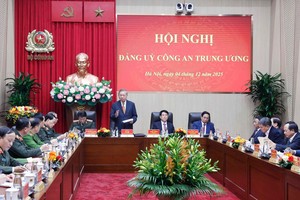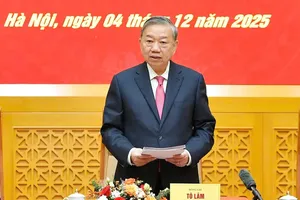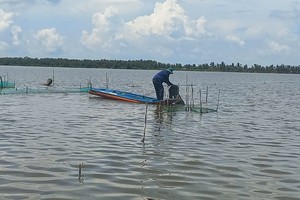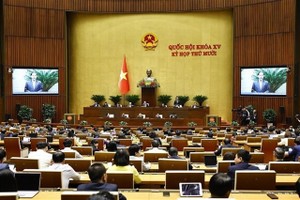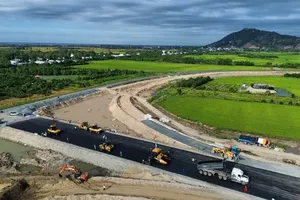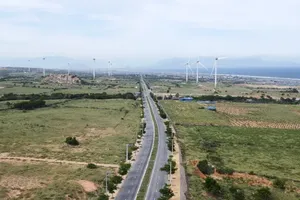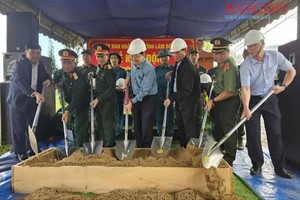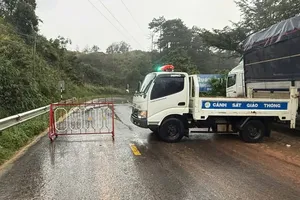
A draft law to amend and supplement four key pieces of legislation – the Planning Law, Investment Law, Law on Investment under the Public-Private Partnership (PPP) model, and the Bidding Law – is being finalized by the Ministry of Planning and Investment with the aim of reviving Build-Transfer (BT) projects.
BT projects is a common PPP one that has been on hiatus since 2021 due to concerns over legal loopholes that have led to difficulties and irregularities. Recently, the National Assembly has permitted three localities, namely HCMC, Hanoi, and Nghe An Province, to pilot the resumption of such projects.
HCMC, accordingly, has been allowed to use a cash-based BT mechanism funded by the city's budget, while Nghe An Province can utilize both cash-based mechanisms funded by the state budget or proceeds from the auction of public assets or land use rights. Hanoi, on the other hand, can employ either a cash-based mechanism funded by the city's budget or a land-based mechanism. This indicates that both cash and land-based payment mechanisms are still under consideration.
The draft law proposed by the Ministry of Planning and Investment presents two options. The first one stipulates the use of cash payments to BT investors, while the second option allows for both cash and land payments.
Under the first alternative, the payment source must be allocated in the medium-term and annual public investment plans or paid directly to BT project investors from proceeds obtained from the auction of public assets. However, this model still carries risks. Delayed payments can lead to increased project costs due to accrued interest.
Furthermore, amendments to the Law on the State Budget (to allow funds from asset auctions to be paid directly to BT project investors without having to be deposited into the state budget) and the Law on Auction (to allow BT project investors to enjoy preferential treatment in auctions) must be considered.
The second alternative permits both cash payments to BT investors (as in the first option) and payments in land (excluding land for building agency headquarters or public works). This option has the advantage of providing a legal basis for mobilizing additional resources from land for development investment and, to some extent, addressing shortcomings in determining the value of BT projects and the value of land payments at the time of project development, bidding, and contract signing.
However, this option does not address the issue of the actual value of land at the time of land handover significantly exceeding the projected value in the contract, and it lacks a basis for transferring the entire planned land parcel to the investor as committed in the contract (even if a mechanism for offsetting the difference is allowed).
Regarding this option, some have suggested not using public assets to pay for BT projects but only using land managed by the state in accordance with land law. The drafting agency argued that it is difficult to distinguish between “public assets under the law on public assets” and “land managed by the state under land law.”
As the deadline for the National Assembly to consider and pass the amended laws is approaching, it is crucial to carefully consider all contributions and recommendations to determine the most appropriate policy. While using a drastic method requires caution because when used skillfully, the results can be highly rewarding.


